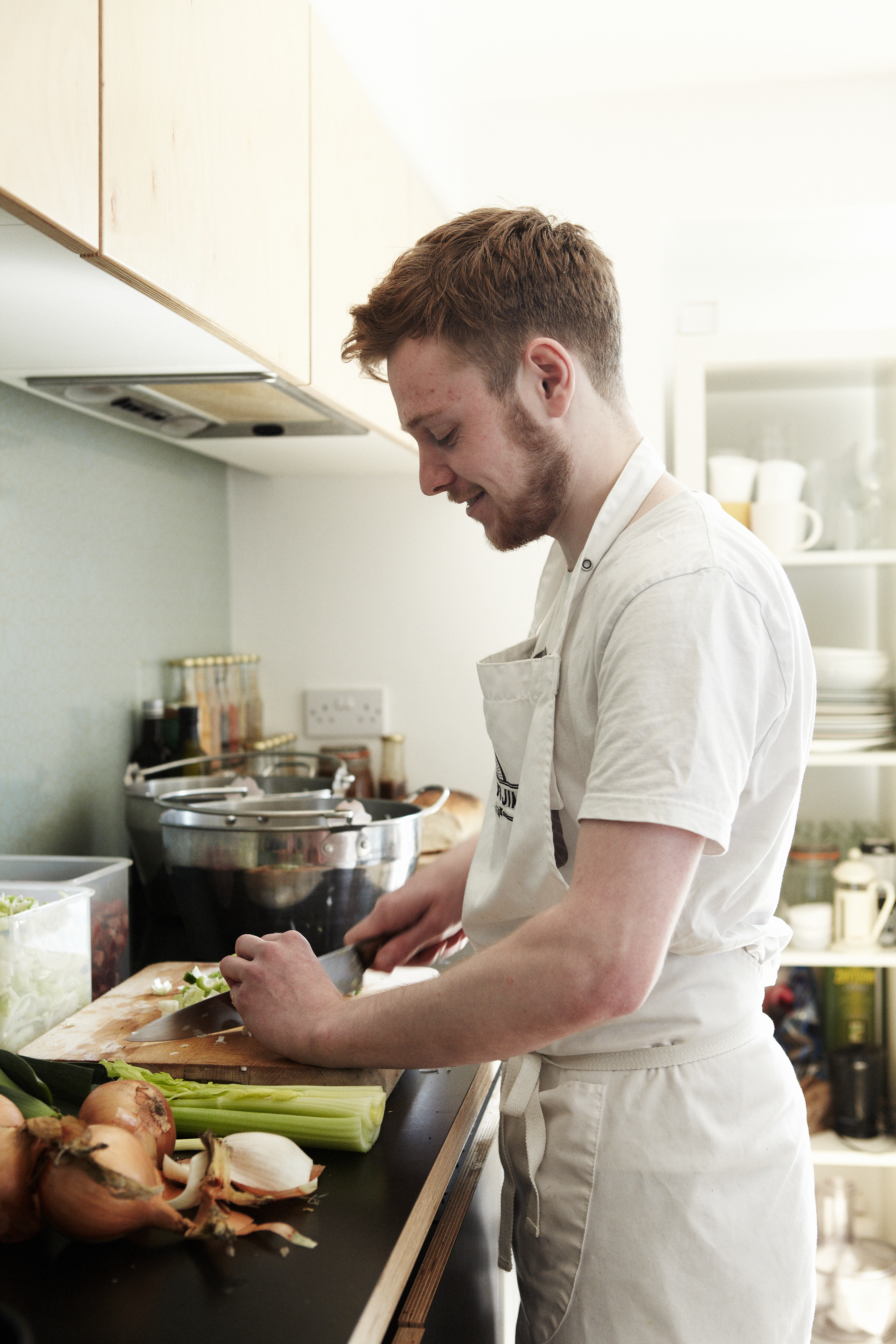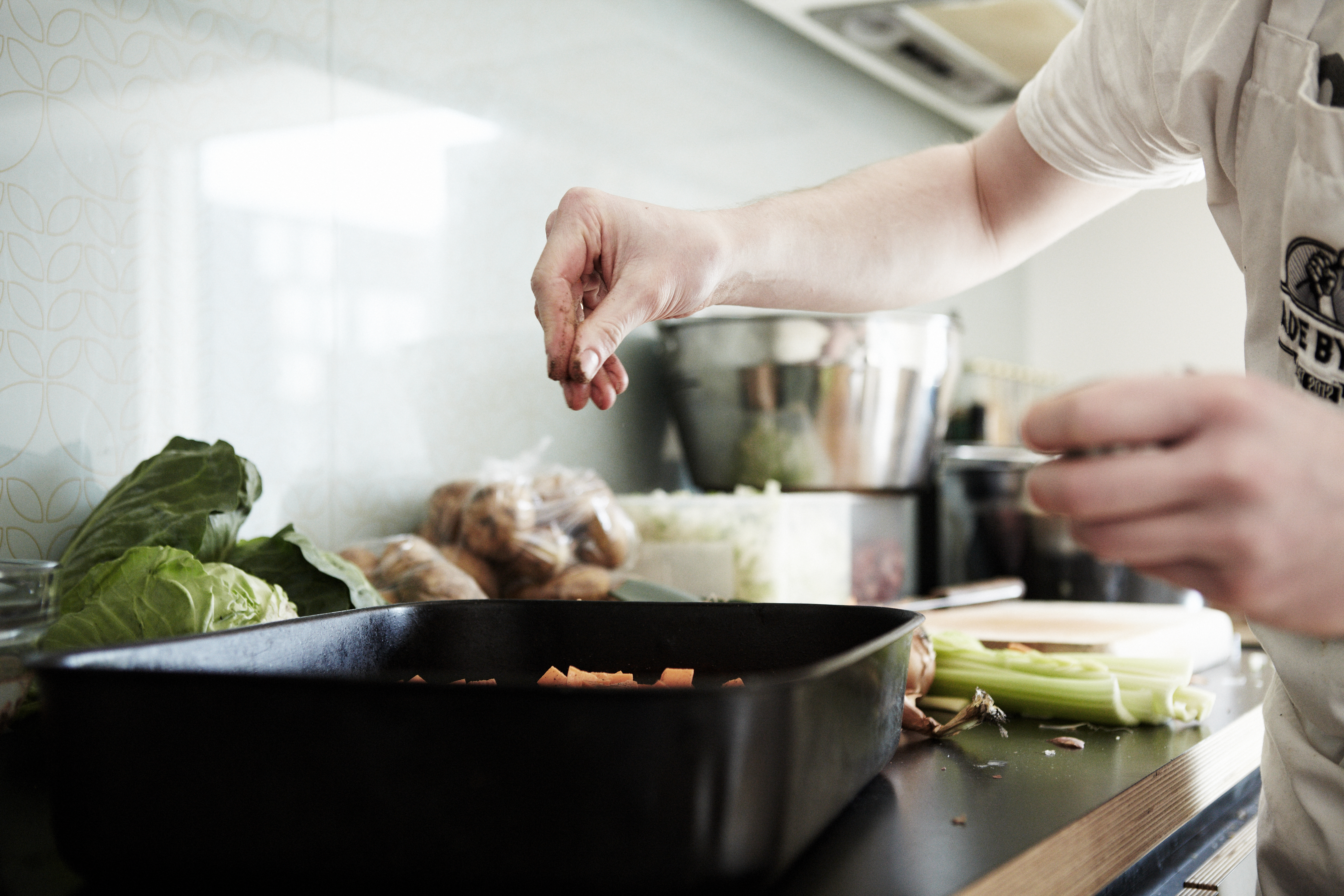Article
The Humble Stew
Words by Jim HirstPhotography by Christopher Nunn
A true Blighty autumn is not one without hearty food. After a long day’s work, the battle to get home commences. Through fields of crunching leaves, conkers and of course a healthy dose of rain, you walk through the front door and leave behind that fresh nip in the air and the all-important extra scarf (or two). What better way to reward yourself than indulging in the humble stew.
Stew, like autumn, brings memories, food and people together. For Britons it can encompass something simple: potato and beef, gravy and carrot. But let’s not give simple such a bad name. Stew is a combination of flavours, smells, ingredients; it transcends borders, regions, nations and it expands across cultures, between languages and over time. Even within the small mass of land that makes up the British Isles stew has so much diversity; from Irish stew to Lancashire Hotpot to our adopted Chicken Tikka Masala, all forms of stew but each with their own identity and story. Being the magpie nation that we are, we have a history of embracing other cuisines and there’s still so much more we can learn.
Stew can be the simplest method of cooking known, but also may offer so much individual flair and variety that it is seen in some guise, one way or another, the world over. The beautiful combination of beef and coconut in the Indonesian Kalio stew is a mouth-watering example of using local, readily available ingredients that are close at hand to create something unique and a dish to represent a nation. On another spectrum, the classic French Cassoulet, although in essence the same method of cooking as the Kalio, is wildly different but again quintessentially representative of a whole population. A final example is a dish donned by the wicked cartoon cat Sylvester, in his words sufferin’ succotash, a staple peasant supper from the mid west USA made of seasonal gluts of beans and sweetcorn, again like any regional dish across the earth, made up of food which is easily obtainable to the local people.
Recipes are passed down from generation to generation, through families and friends, food blogs to cookbooks, television to magazines. Stew is just one of those rare recipes that people hold dearly: the secret recipe. The nostalgic stew can bring back memories of childhood and places. The communal stew can bring together people of all backgrounds and creeds. The humble stew is what it is, and we should celebrate that.
Cooking should be collaborative and experimental. It should celebrate the seasons using the freshest ingredients available. Using the knowledge and ideas gathered through sharing we can create dishes with interesting combinations and flavours.
Stew should be inventive, individual and acknowledge the five flavour groups with the perfect balance. With this in mind, stew does not have to be that typical winter warmer for those drab, cold days. In this current age we have access to a world of food and much is now available on our doorstep. Stew is for the season and should use those ingredients at hand throughout the year. Stew should be creative, unique and interesting but also reminiscent of times past. With any luck this passage will inspire readers to create their own unique stew and the flavour table below will hopefully help.
| Sweet | Sour | Bitter | Salty | Umami | Pungent |
| Sweetcorn | Lemon | Ale | Olives | Tomatoes | Chilli |
| Honey | Tamarind | Charred veg | Capers | Mushrooms | Mustard |
| Squash | Vinegar | Kale | Sea salt | Potatoes | Horseradish |
| Cooked onions | Rhubarb | Cranberry | Anchovy | Carrot | Ginger |
The humble stew whatever the weather: Reminisce. Invent. Indulge.





